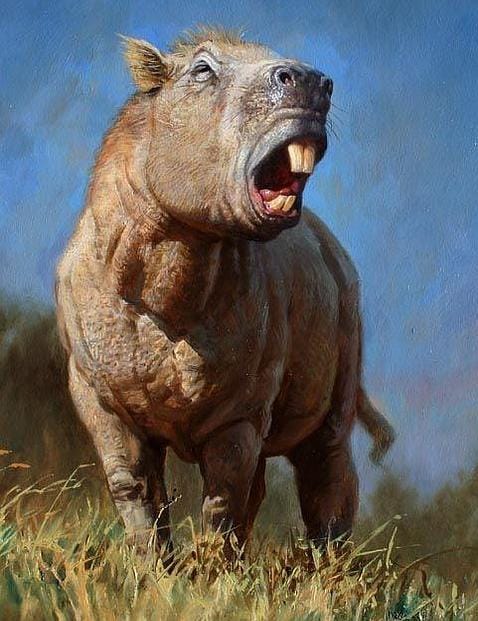Visual Perception
- the visual brain processes tonal information separately from color information
- humans are trichromats, meaning they have three kinds of color receptors
 |
Is Moonlight Blue?
- moonlight is actually reddish (according to science)
- our visual system plays tricks on us when we look at things in dim light
- artists known for painting moonlight include: JMW Turner, James Whistler, Fredric Remington, and Maxfield Parrish
- paint some swatches and compare their shades in the moonlight
- they become more monochromatic
- red looks darker in the moonlight while greens look lighter
 |
Edges and Depth
- edges: refer to the painterly control of blurriness, especially along the boundary of a form
- can help communicate depth/dim illumination
- depth of field; one plane of distance is in focus at a time
- blur increases as objects get farther from the plane of focus
- sharp edges are harder to see in the dark
Color Oppositions
- complements suggest an opposition of elemental principles
- colors are the deeds of light
- all colors we see are the result of if interactions between opposing pairs of color receptors
Color Constancy
- refers to our automatic habit of interpreting local colors as stable, regardless of the effects of colored illumination, the distraction of cast shadows, and the variations of form modeling
- isolate colors by looking through the hole in your half-closed fist
- another is to hold up two fingers spread slightly apart
- paint a card half white and half black, then punch holes through either side
Adaptation and Contrast
- the experience of one color affects the way we perceive other colors
- successive contrast; when you look at an object of a certain color, your eyes adjust or adapt to that color. The resulting image affects what you see next
- the color temperature of the fill light makes the illuminated side appear to be composed of the complementary shadow
- appearance of color is affected by five factors:
- simultaneous contrast; the hue/saturation of a background color can induce opposite qualities in an object sitting next to it
- successive contrast; looking at one color changes the next color we see
- color constancy; local colors appear consistent
- size of the object; the smaller an object becomes the less distinct the color appears to be
- chromatic adaptation; when the illumination changes in color temperature, the sensitivity of color receptors changes in relative proportion, resulting in a balanced impression of color and light levels
 |
Appetizing and Healing Colors
- colors express the main function of man
- chromotherapy; colors have specific therapeutic properties for the mind and body
- colors affect us on an emotional and psychological level

Comments
Post a Comment